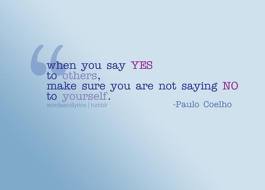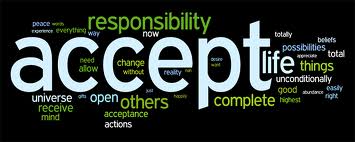What is compassion? Human beings have been contemplating the true meaning of it for many thousands of years. Throughout the ages, philosophers and poets have applied many views and interpretations toward the concept, yet it is a consistent theme in all of humanity’s striving. As a leader who wishes to exhibit and encourage compassion, I have often wondered about the right way to demonstrate it to others and help them heal. It is not always easy to practice compassionate feelings when one feels challenged by the circumstances of life. Like so many of the good things within us, it requires mindfulness to model a compassionate worldview through our actions. For that reason, the dictionary definition of this concept is only a start when it comes to really knowing it well. The generic definition is as follows: “A feeling of deep sympathy and sorrow for another who is stricken by misfortune, accompanied by a strong desire to alleviate the suffering.”
 When we think about compassion, it is easy and obvious to think about it in relationship to others. As soon as one turns on the news, it is easy to become inundated with images of strife from all around the world. Of course, directing compassionate thought towards others is a critical part of celebrating our common humanity. However, it is not the only facet with which we must be familiar in order to realize our potential for self leadership. Is it possible to be truly compassionate toward others if we are constantly inflicting shame, doubt and blame upon ourselves for our honest mistakes? Many people who consider themselves successful are able to recognize the need to be compassionate toward everyone around them but themselves. This leads to strife and internal conflict when we do not do what is necessary to alleviate our own suffering.
When we think about compassion, it is easy and obvious to think about it in relationship to others. As soon as one turns on the news, it is easy to become inundated with images of strife from all around the world. Of course, directing compassionate thought towards others is a critical part of celebrating our common humanity. However, it is not the only facet with which we must be familiar in order to realize our potential for self leadership. Is it possible to be truly compassionate toward others if we are constantly inflicting shame, doubt and blame upon ourselves for our honest mistakes? Many people who consider themselves successful are able to recognize the need to be compassionate toward everyone around them but themselves. This leads to strife and internal conflict when we do not do what is necessary to alleviate our own suffering.
It is not selfish to practice self-directed compassionate behavior. On the contrary, it gives us the sense of self leadership that empowers us to heal others. An important part of this is releasing feelings of guilt that accumulate over the course of life. It is not helpful to constantly gaze longingly toward the past. Whatever resources, knowledge or abilities you have now, you cannot project them into the past. You must demonstrate self leadership to accept yourself both as you were and as you are. When you take this step, you will begin to heal and other aspects of your potential will unfold. You will find it easier to place yourself in situations where you are surrounded by the people and things you love. This provides you with the energy to truly resonate with others and serve as a guiding light in their times of need. It allows us to find within ourselves the reserve of strength we need to reach out to others and offer unselfish help on their journey.
The workplace might seem like one of the most difficult places in which to practice true positive sentiments. It is true that there are some workplaces that are draining and toxic. We must come to understand that this is due to a lack of compassion and is not a reason to shun it ourselves. By making a principled choice to represent compassionate behavior in the workplace, we can begin the process of positive change. For this, we must be aware that change is tied to action. Listening to others, refraining from judging them and offering our help when we can are all compassionate acts we can undertake at work. Recognizing the leadership potential of others and helping them cultivate their unique talents are compassionate acts that follow from the above. As we work toward greater and more consistent positivism at work, we naturally inspire humane and compassionate ethics. In doing so, we motivate others to believe in their own potential and to use love to counteract the fear, distress and malaise that can darken workplaces.

















